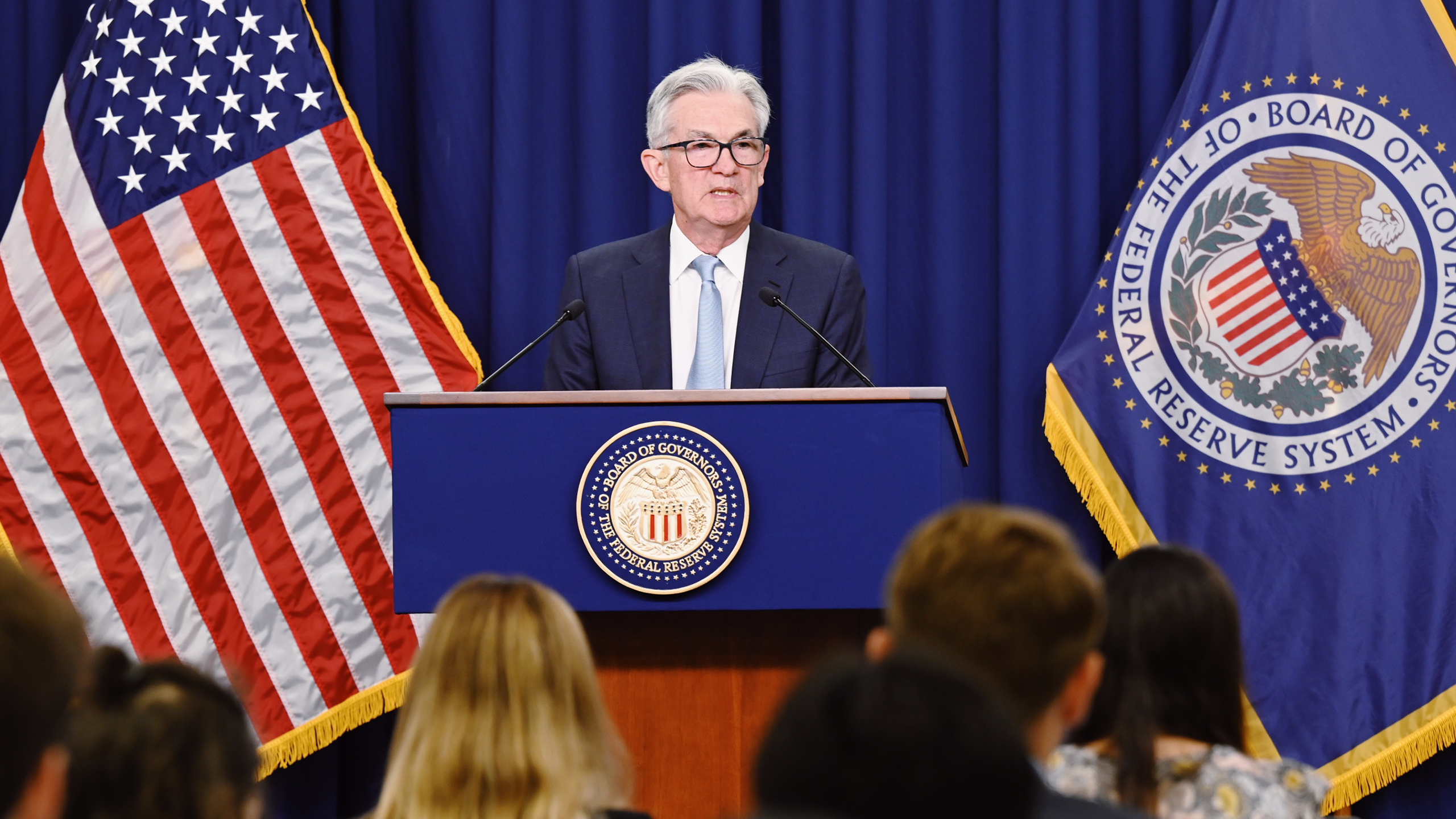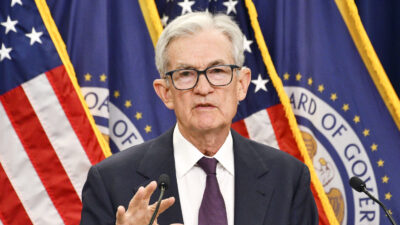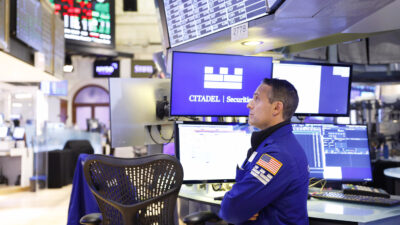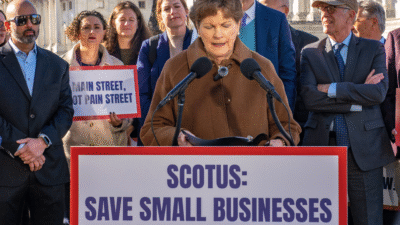Waiting Game: Why Fed Isn’t Ready to Cut Rates (Yet)
The Fed was already walking a tightrope over a bottomless pit of stagflation before waves of tariffs came to rattle the line.
Sign up for smart news, insights, and analysis on the biggest financial stories of the day.
It can take mere seconds to announce a new spate of tariffs and mere seconds to announce they’ve been reversed. But it can take months to see how all the back-and-forth has affected the economy.
That’s why the latest Fed minutes, published on Wednesday, showed central bankers continuing to push for patience before adjusting interest rates due to uncertainty over broad economic conditions. But the minutes covered a meeting that ended May 7, and since that time, the fuzzy outlook has begun to come into focus, as seen in a fresh batch of retail earnings this week, which showed many consumer-oriented brands are becoming a little more upbeat.
Retail Therapy
There’s a reason why the Fed is slow-rolling any decision to move interest rates again. Chair Jerome Powell and his merry band of central bankers were already walking a tightrope over a bottomless pit of stagflation before waves of tariffs came to rattle the line. In fact, the minutes showed that the members of the Fed’s monetary policy committee believe trade-war pressures could be acutely stagflationary:
- Per the minutes, committee members said the tariffs can be “expected to boost inflation markedly this year” and can also be “expected to lead to slower productivity growth and therefore to reduce potential GDP growth over the next few years.”
- That was enough for the Fed to project the labor market would weaken “substantially” through this year. Committee members also considered “the possibility that the economy would enter a recession to be almost as likely as the baseline forecast.”
And yet, the Fed still sees the US economy as holding on, for now: “Recent indicators suggest that economic activity has continued to expand at a solid pace. The unemployment rate has stabilized at a low level in recent months, and labor market conditions remain solid,” committee members said. Which made ‘uncertainty’ the most important factor in their decision to stay patient on rate adjustments.
Let’s Go to the Mall: In the meantime, trade tensions are starting to cool, the bad vibes of consumer sentiment “soft data” are already starting to turn, and some consumer-facing brands are even growing optimistic about the year ahead. Fashion retailer Abercrombie raised its full-year sales forecast Wednesday from its estimate in March, saying that it is not planning “broad-based” price hikes now, “based on [its] current assumption on tariffs.” Dick’s Sporting Goods, meanwhile, reaffirmed its outlook for the year on Wednesday after announcing a revenue beat and projecting comparable-store sales would increase between 1% and 3% this year. Even the long-downtrodden Macy’s posted better-than-expected first-quarter results, though the mall anchor did ultimately cut its earnings outlook for the year citing — what else? — “a certain level of uncertainty.”












